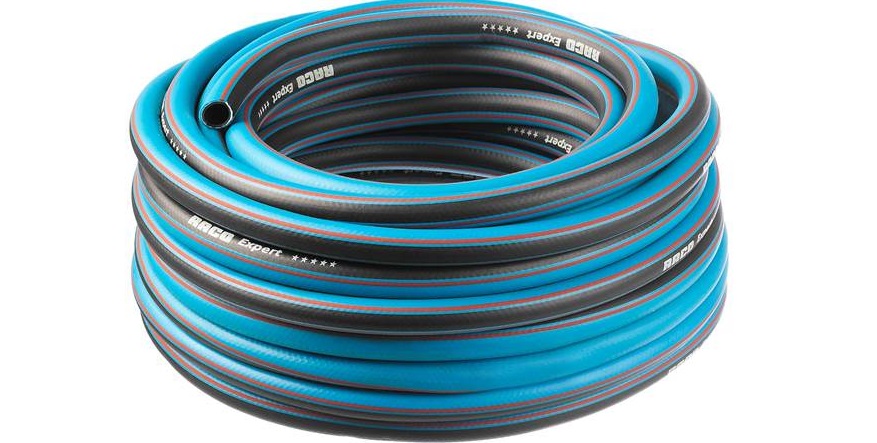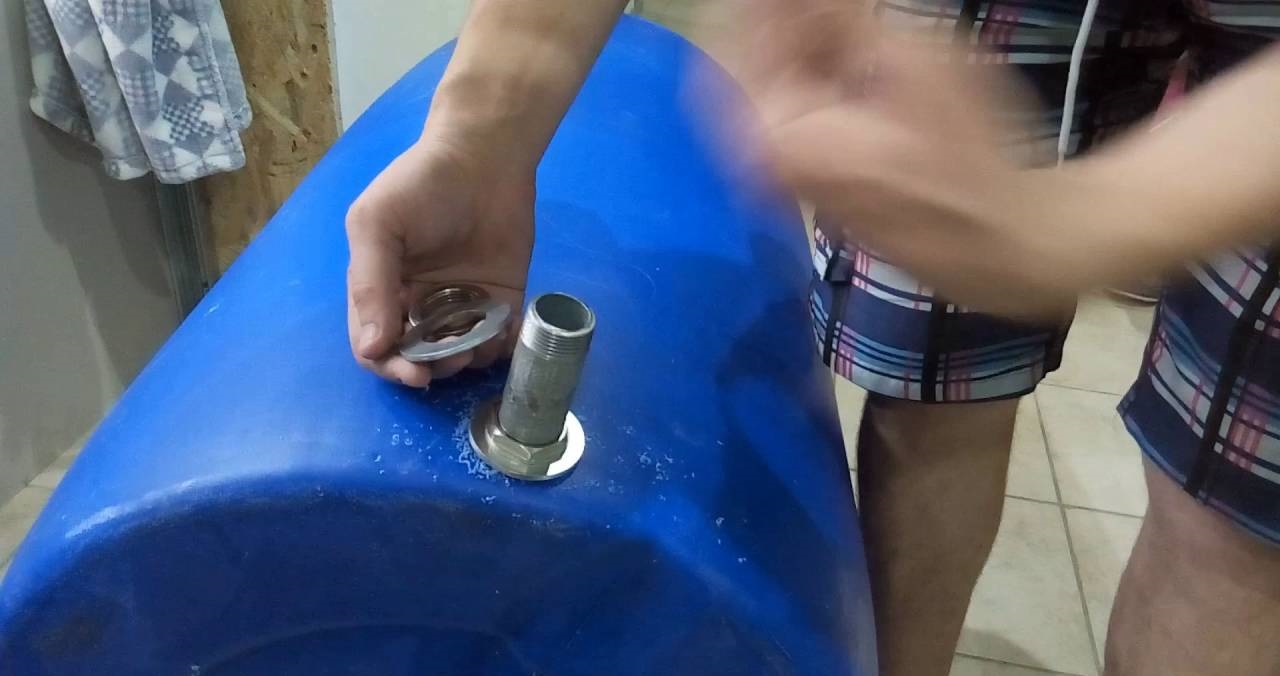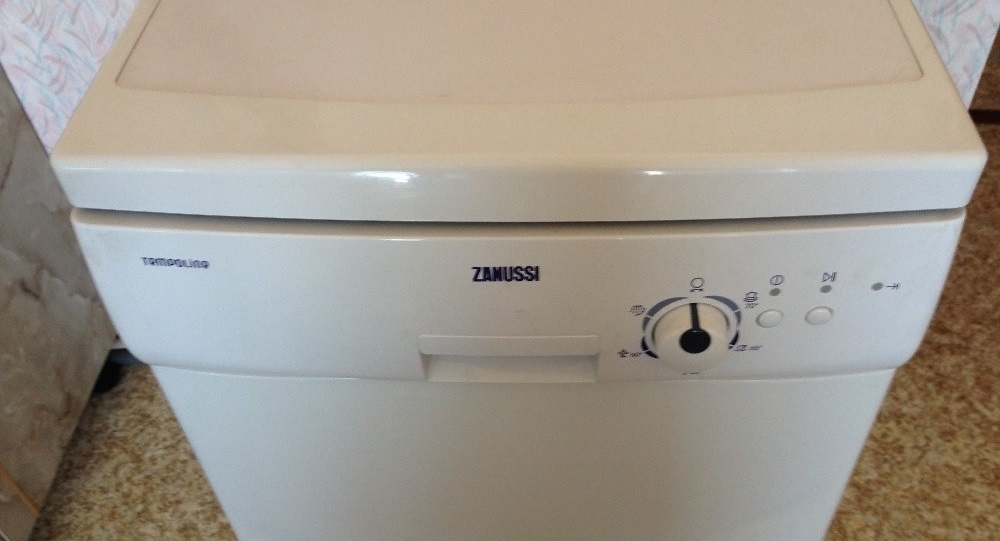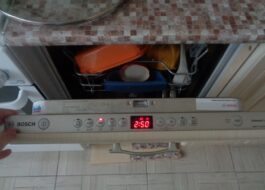Connecting a dishwasher without running water
 Living outside the city has many advantages that life in a big city completely lacks. However, along with the advantages, summer residents also have disadvantages, among which one of the most important is the lack of running water. This is a fairly common situation when there is no running water outside the city, so you have to come up with something original in order not to give up your usual comfort. Today we will look in detail at how to easily and simply connect a dishwasher without running water, so that even in country conditions you don’t have to wash the dishes with your own hands.
Living outside the city has many advantages that life in a big city completely lacks. However, along with the advantages, summer residents also have disadvantages, among which one of the most important is the lack of running water. This is a fairly common situation when there is no running water outside the city, so you have to come up with something original in order not to give up your usual comfort. Today we will look in detail at how to easily and simply connect a dishwasher without running water, so that even in country conditions you don’t have to wash the dishes with your own hands.
The easiest way to supply PMM with water
The very first thing that needs to be noted is that you should not be afraid to independently create an autonomous water supply for the dishwasher in the countryside or in the village. Doing this is much easier than connecting a washing machine without running water, especially if you strictly follow our detailed instructions. First, let's collect everything needed for installation.
- A tank or large canister of 30, 50 or even more liters, in which, in the future, we will drill holes in order to connect a garden hose.
- The most ordinary garden hose.

- A small siphon that we will screw into our water tank.
- A tap so you can quickly pour water in case of a drain.
- Adapter for connecting the hose to the PMM.
- Valve for pumping air into a tank or canister.

- Pump for creating pressure.
This completes the list of consumables. As you can see, everything is quite easy to find in any hardware store, so there should be no problems with preparation.If you have purchased everything you need, we can get to work.
- First of all, we drill the lid of our tank or canister in order to insert a valve into the resulting hole.
It is important that the valve fits tightly in the center of the lid, for which you need to use a drill of the same diameter as the valve, and after creating a hole, you can additionally lubricate the lid with grease around the edges.
- We measure the diameter of the siphon and, in accordance with the data obtained, select a drill to drill a hole in the bottom of our canister.
- We place the siphon from the inside of the canister, for which it is convenient to use a wire to hook the siphon. Then tighten the nut very tightly with an adjustable wrench to securely fix the part to the bottom of the water tank. This is important because it will be necessary to create pressure inside our tank, so nothing should leak.

- We connect a garden hose to our tank and tighten the holding clamp as tightly as possible.
- On the dishwasher, you need to connect the adapter below, and connect the second end of the garden hose to it. Measure the length of the garden hose in advance and remove any excess length so that the hose is not too long.
The adapter must also be very tightly connected to the dishwasher, for which you can cut out a rubber gasket for it yourself, or use plumber's adhesive tape.
- Now all that remains is to fill the tank with water, create pressure inside using a pump to approximately 1 atmosphere and start the PMM operating cycle.
That's how, in just six simple steps, you can initiate the operation of the dishwasher in the country or in any other place where there is no working water supply. Use an unnecessary canister to drain, plus be sure to ensure that the water tank does not swell too much due to excessive pressure. It is worth noting that this is far from the only effective way to install a dishwasher in a village, so in the next section we will look at another elementary option for using a machine in a country house.
The second method of connecting the PMM to water
If for some reason the tips indicated in the last paragraph of the article did not suit you, then it’s okay, because there is also a second installation method, which is about as simple, if not even simpler. All it needs is:
- a bucket or even half a bucket of water;
- mechanical dishwasher set to fast wash mode;

- a small tank or canister for draining waste fluid.
The list of required materials is even smaller than in the first installation option, so it will be much easier to connect. To do this, perform a number of simple steps.
- We set the operating mode to “C” and turn on the PMM.
- At this stage, the machine is trying to draw water into the dishwasher, which it cannot do without connecting to the water supply, so you need to wait until the valve of the device turns on.
- We turn off the dishwasher for a while, take out the baskets with dirty dishes and begin to pour water from the bucket directly into the washing chamber using a small ladle. On average, it will take about five ladles of water so that the liquid reaches a little to the edge of the lower basket with dishes, and it is enough for a quick wash cycle.

- Pour the washing powder directly into the water in the amount required for one working cycle.
- We push the basket back, close the washing chamber door and activate the valve again so that the machine starts working as if nothing had happened.
This method is relevant only for mechanical equipment, since the electronic model, in the absence of water, will disrupt the selected mode and, after turning off, will start it again, when the mechanical one will simply continue working from the moment when the user turned it off to manually collect liquid.
At the stage of draining the waste liquid, the machine will stop working again, but this time in order to refill the washing chamber to rinse the dishes. Carefully monitor the operation of the PMM in order to turn it off in time, add water and reactivate the working cycle. After the second manual addition of water, you no longer need to be near the machine, because it will finish the job on its own and drain the waste liquid into the water tank.
Thus, you have two possible methods for installing a dishwasher in the village. The first method will require more manipulations with preparing the water tank, so it is more complicated, and the second option is much simpler, but is only suitable for old mechanical “household assistants”. Choose any method that suits you and forget about the lack of comfort at the dacha.
Interesting:
Reader comments
- Share your opinion - leave a comment
Categories
Washing machine repair


For buyers

For users

Dishwasher

















Add a comment